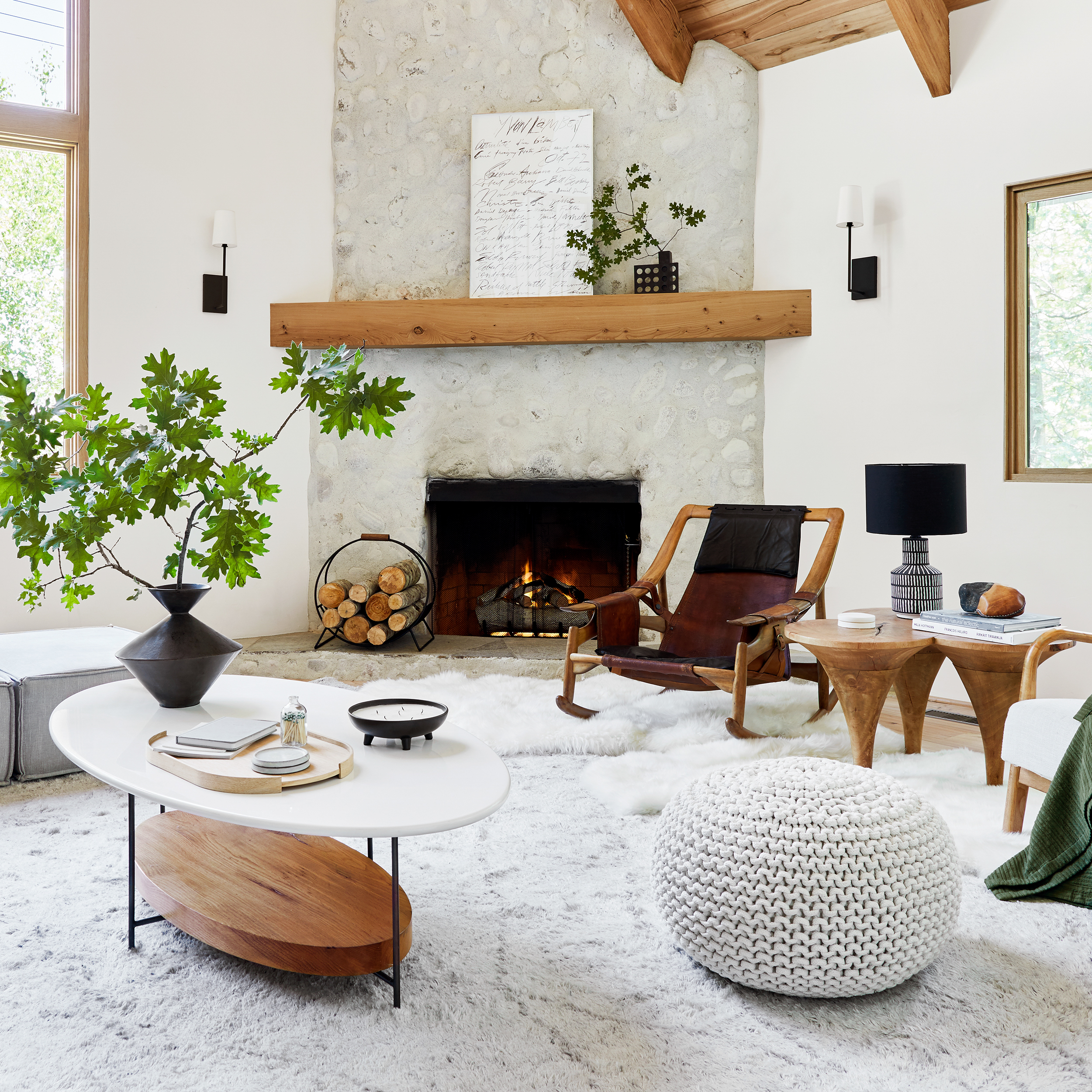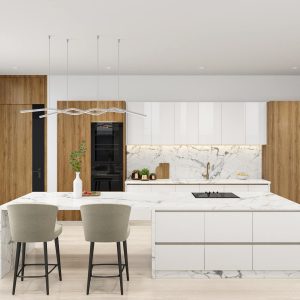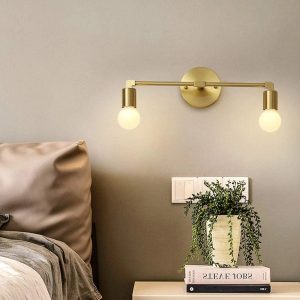
Designing Light: The Minimalist Approach of John Pawson’s Lighting Solutions
The Philosophy of John Pawson
John Pawson is a British designer known for his minimalist approach to architecture and design. He believes in designing spaces that are clean, calming, and meditative. His philosophy is to remove anything unnecessary and focus on the essentials. This approach also extends to his approach to lighting.
The Importance of Lighting
Lighting plays a crucial role in creating the right atmosphere in any space. It can elevate a room from bland to breathtaking. Lighting can also influence mood and affect our behavior. John Pawson recognizes the importance of lighting in design and approaches it with the same level of consideration and care as he does with all aspects of his work.
Designing with Light as a Primary Element
In John Pawson’s work, light is not just an afterthought or a practical requirement, it’s a primary element in the design. He uses light to create a sense of space, define structure, and enhance the materials used in his designs. Even when he does use artificial light, it’s meant to feel natural and unobtrusive.
Creating Atmosphere through Lighting
John Pawson believes that lighting should create an atmospheric effect. He uses different lighting techniques to create different moods depending on the space. For example, he may use dim lighting in a bedroom to create a calming effect, or brighter lighting in a workspace to boost productivity.
Materials and Lighting
Pawson’s minimalist approach to design extends to the materials he uses in his work. He favors natural materials like wood, stone, and metals, which are enhanced by his careful use of lighting. He uses lighting to highlight the textures and qualities of the materials, creating a sense of depth and dimensionality.
The Art of Hidden Lighting
One of John Pawson’s trademarks in lighting design is the use of hidden lighting. He uses recessed lighting to create a soft glow that highlights the surfaces of a room. The light source is hidden in a groove or a gap that is barely visible, creating an effect that feels natural and unobtrusive.


